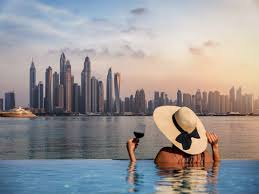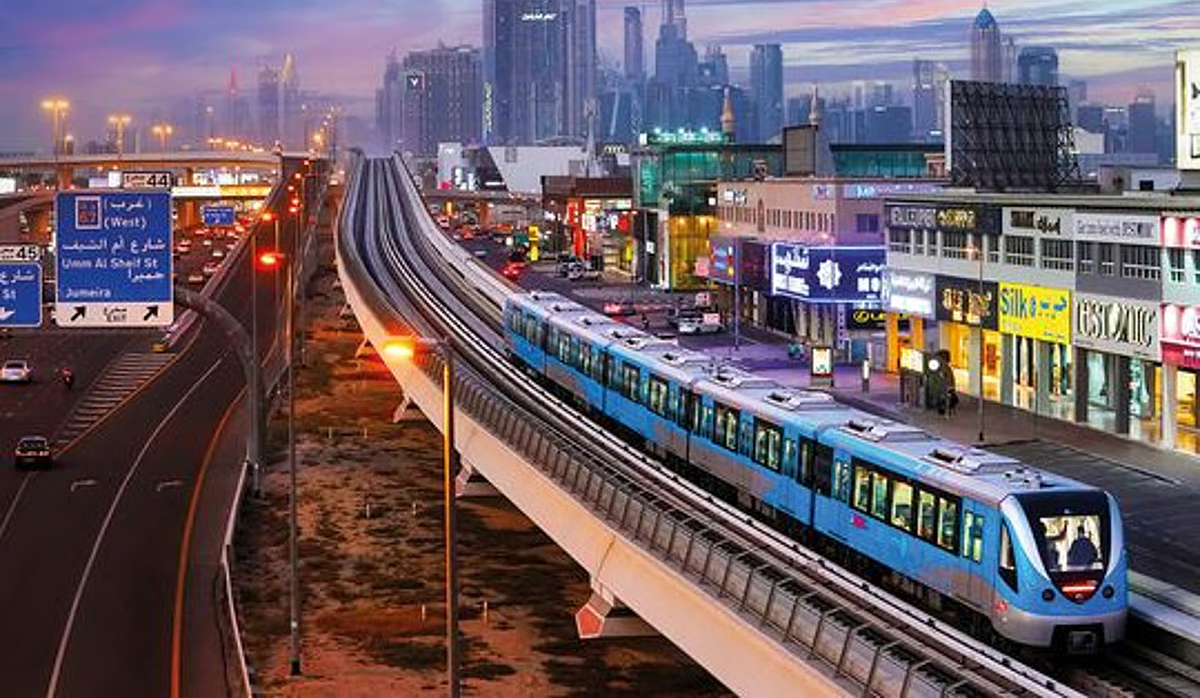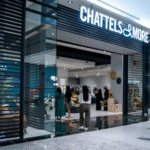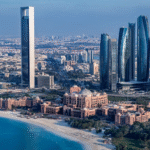Now Reading: Big Changes Coming to Dubai Public Transport: Don’t Miss This 2025!
-
01
Big Changes Coming to Dubai Public Transport: Don’t Miss This 2025!
Big Changes Coming to Dubai Public Transport: Don’t Miss This 2025!
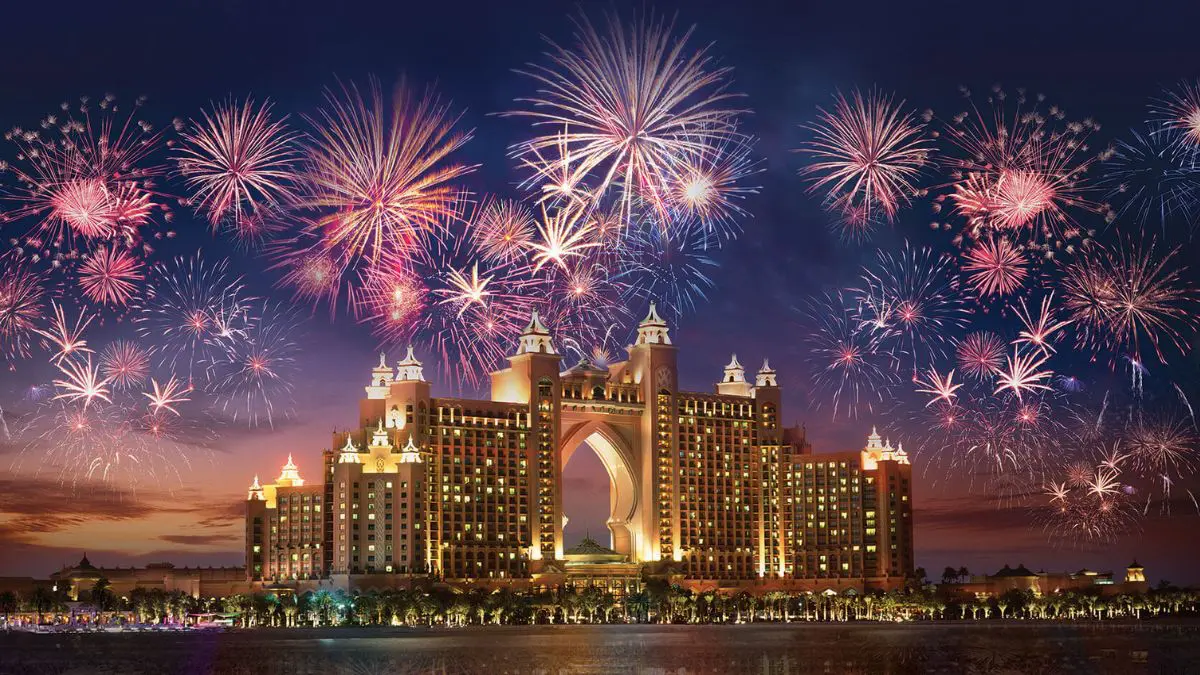
Table of Contents
Dubai has announced a new wave of public transport updates that are set to transform how residents and visitors move around the city. The Roads and Transport Authority (RTA) unveiled a series of improvements designed to make travel faster, easier, and more environmentally friendly. These changes reflect Dubai’s ambitious plans to become a global leader in sustainable and smart transportation.
From driverless buses to new Metro expansions, these developments will reshape how millions of people experience Dubai’s public transport every day. Here is a breakdown of what’s changing, when to expect it, and why it matters for the future of mobility in the emirate.
Driverless Buses Hit Dubai Roads
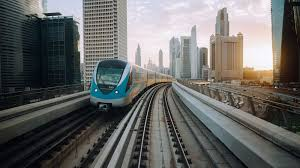
One of the most exciting new updates is the rollout of driverless buses. The RTA has confirmed that these autonomous buses are currently undergoing trial runs on selected routes, with plans to expand across the city by 2026.
These electric-powered, self-driving buses are equipped with advanced safety systems and artificial intelligence to monitor surroundings, detect pedestrians, and adjust their driving in real time. According to the RTA, this move will not only reduce carbon emissions but also cut traffic congestion and improve safety.
If trials succeed, Dubai will become one of the first cities in the Middle East to deploy fully autonomous public buses. For daily commuters, this could mean shorter wait times, smoother rides, and fewer delays due to human error.
Metro Route Expansions to Serve New Areas
Dubai’s Metro system, one of the city’s most efficient and popular public transport options, is also getting a significant upgrade. Plans are underway to extend both the Red and Green lines, adding several new stations in key residential and business hubs.
One highlight is the proposed extension of the Red Line to reach deeper into the Dubai South district, connecting more communities to Al Maktoum International Airport and the Expo City area. The Green Line, meanwhile, is expected to branch out to cover neighborhoods like Academic City, which has been underserved until now.
The RTA estimates that these expansions will add capacity for more than 200,000 extra passengers per day. The new stations will be fully accessible, with modern facilities, smart ticketing systems, and even integrated cycling routes to support multi-modal transport.
Seamless Mobility: One Card for Everything
Another major update is the integration of Dubai’s various transport systems into a single, unified payment method. The Nol card, currently used for Metro, tram, buses, and water buses, will soon also cover new modes of transport, including ride-sharing e-scooters and driverless buses.
This means passengers will be able to tap one card to pay for virtually every journey in the city, making travel far simpler and faster. Additionally, the RTA has announced new plans to connect the Nol system with some major taxi services, offering even more seamless connectivity.
This integration is a key part of Dubai’s vision to become a “20-minute city,” where anyone can access 80% of their daily needs within a 20-minute journey by public or active transport.
Greener and Smarter Public Transport
Environmental sustainability is at the heart of Dubai’s transport strategy. The new public transport updates include a push for more electric and hybrid buses to replace older diesel models. Already, Dubai has converted about 50% of its taxi fleet to hybrid vehicles, with plans to make this 100% by 2027.
The RTA also aims to increase the share of renewable energy powering Metro stations and other facilities. Solar panels, energy-efficient lighting, and advanced recycling systems will become the standard across the network.
For passengers, this means cleaner air, lower noise pollution, and a more pleasant commuting experience overall.
Boosting Tourism and Accessibility
Dubai’s public transport network has always been crucial for tourism, connecting major attractions like Burj Khalifa, Dubai Marina, and the Gold Souk. These new updates will make it even easier for visitors to get around without relying on taxis or rental cars.
By expanding routes and adding new smart features, Dubai hopes to support its growing tourism economy, which is expected to welcome more than 25 million visitors annually by 2030.
At the same time, accessibility is being improved for people with disabilities, with new lifts, ramps, tactile floors, and audible signals being added across stations and bus stops.
What’s Next for Dubai’s Transport Vision?
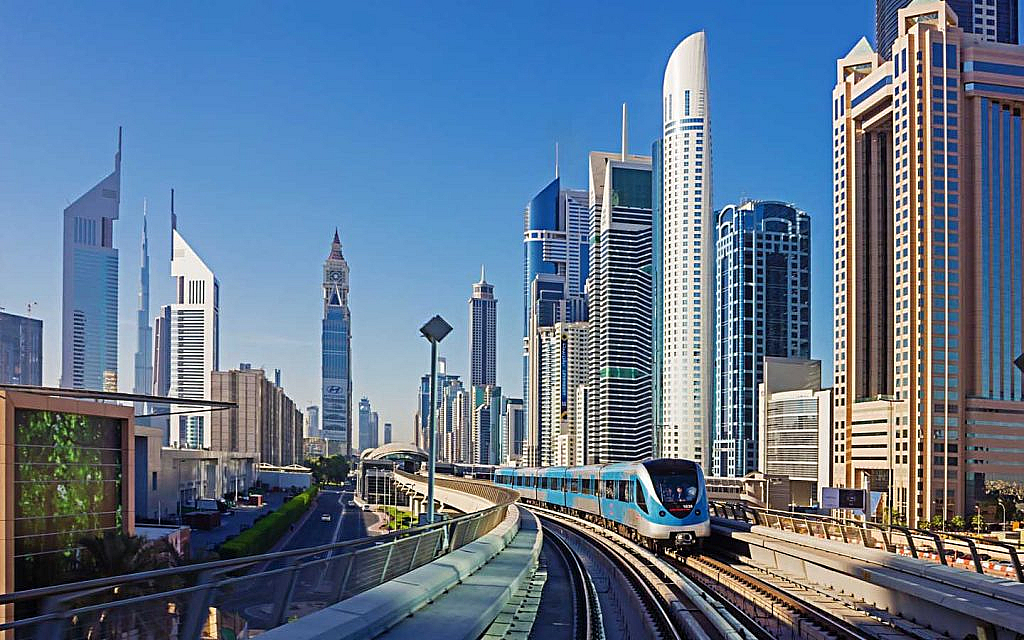
The RTA’s broader strategy, known as Dubai Urban Plan 2040, puts public transport at its core. The goal is to shift more residents away from private vehicles and toward a fully connected, clean, and efficient transport network.
Upcoming projects under this vision include:
- Hyperloop feasibility studies, exploring ultra-high-speed travel within the UAE and beyond.
- More dedicated cycling lanes and pedestrian-friendly paths.
- Digital real-time information systems to keep passengers updated on delays or alternative routes.
Dubai’s leaders believe these innovations will help the city remain globally competitive, attract investment, and improve residents’ quality of life.
Why It Matters for You
Whether you live in Dubai or plan to visit, these public transport updates mean:
Shorter travel times
Less waiting and more reliable services
Cleaner, greener transport options
Easier connections to new neighborhoods
Simpler payment options with one smart card
It is clear that Dubai is not just investing in bigger transport systems, but in smarter, more sustainable ones designed for the future.
Read More:- Deyaar’s Latest Announcement Shakes Up the UAE Property Market



